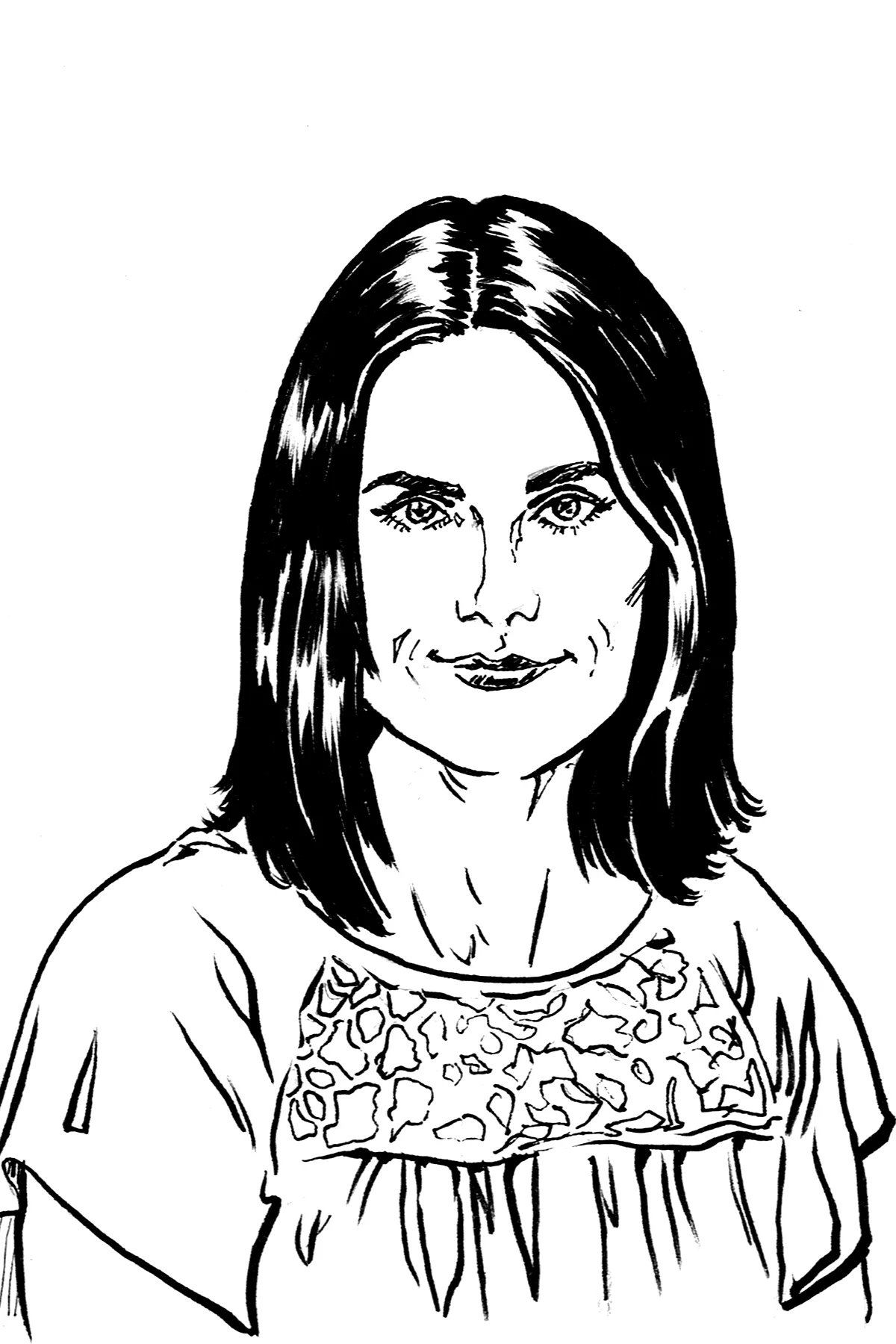AT PUBLIC POOLS, THE GOOD FAR OUTWEIGHS THE GROSS
FROM JUNE/JULY 2018 ISSUE OF WEST END PHOENIX
Not to brag or anything, but I have two swimming pools. The public outdoor pools at Alexandra Park and Stanley Park (the Parks, Al and Stan, are not-so-distantly related, within a dozen blocks around Trinity Bellwoods Park) are my cooling station and people watching refuge, the backyards that sub in for the backyard I don’t have. They’re neighbourhood hubs and markers of the city I want to live in but don’t always feel like I do: open to all, well functioning and – this cannot be overstated or overvalued in our workaholic town – very, very fun.
To fully embrace the outdoor public pool – and I do, and you should – one must, admittedly, get past a few things, like microscopic traces of fecal matter. Also, the occasional piece of wadded up tissue that might squish, queasily, beneath your sole. And no one likes to read the words “POOL CLOSED DUE TO FOULING” on a handwritten sign at the gate.
But the good far outweighs the gross. For a few summers now, my family has found itself trapped in the city during the thickest of heat waves. Rather than sitting at home, sweatily resenting the cottage people, we’ve taken to walking a few blocks to Alexandra Park pool. There’s something pretty great about being able to pull up a patch of tree-shaded concrete on the edge of Chinatown and kick back to enjoy the great tapestry of our city. The actual swimming is a huge relief, but even better are the be-thonged millennials and posturing dudes, phones blaring a mating-call playlist, sitting next to modestly draped Muslim moms. The aging solo swimmers diligently doing laps are forced to mix with kids on floating pretzels. Yes, some of these people are irritating, especially the preteen squealers (those might be my offspring; sorry).
A public pool on a summer day feels beautifully optimistic. As Torontonians, we might come together across class and culture lines on the subway or at a sporting event, but never like this. Here we are, all of us joined in the annual reveal of our flesh in all its squishiness and solidity and imperfection, out from behind our winter walls, unhidden. I know those giggly, squealy pool afternoons are settling in my kids’ minds as childhood memories, burning into their synapses like my own experiences growing up Vancouver, baking at Kits Pool. I asked my Toronto-born mother about pools and she got a look in her eye like she was time-travelling back to the early 1950s. She recalled a visit to crowded Sunnyside Pool, built in 1922, rumoured to be the world’s largest outdoor pool at the time and nicknamed The Tank.
People who whine about public pools being too icky are people who grew up with an alternative. Too bad for them – seriously. Pools in Toronto appeared in the early part of the 20th century as a therapeutic initiative, but they were always about playing, too. The Toronto archives are filled with photos of men in the High Park Mineral Baths – “The Minnies” – in neck-to-knee costumes, grinning cheerfully (the Minnies were filled in in the early 1960s to make way for the subway).
Of course, those photos also include women in long dresses watching longingly and looking hot on the sidelines. Who gets in the pool is historically inseparable from the city’s mores and prejudices, and its evolution. Black and Chinese people across Canada were often denied access to the first public pools. In Toronto, comically strict bathing suits laws of the 1930s (top and bottom covered, men and women, to avoid “indecent exposure”) gave way to a 1949 school board policy against boys and girls swimming together due to fear of “juvenile delinquency” – our city’s historical rigidity is reflected back at us in the water of our pools.
Today’s pools feel inclusive, and provide a kind of informal social infrastructure. As leisure becomes more and more commodified – an hour-long spin class can cost 30 bucks – it becomes easier to stay in our silos, not just at work but at play. But all humans want to swim. We’re compelled, especially in the Toronto heat, to put our bodies in water – it’s primal, necessary. And you can return to the womb for the low price of a five-dollar open swim. Pools become the best of the public commons, a democratizing instrument: We’re all the same (i.e., ridiculous) in a bathing suit.
It’s hard to take yourself too seriously in a pool while floating on an inflatable pretzel stolen from a child. Public pools are a direct line to goofy youthfulness. I spoke to a woman named MJ who described a 40th birthday party in Christie Pits Park a few years ago. On a scorching night, after the party had been topped with a bar visit, she and a group of friends scaled the fence at the locked-up Alex Duff Memorial Pool. Around midnight, stripped to her underwear, MJ cannonballed into the water and surfaced only to hear a police siren. Everyone scattered in a panic but a cop caught her in a beam of flashlight – half-naked, shoeless, clutching her clothes, dripping wet. To the question: “Were you swimming?” she answered: “No.” Tickets were issued. She refers to the event as The $80 Cannonball.
The pools under TDSB jurisdiction are constantly on the budget chopping block, but our 58 city-run outdoor pools don’t exactly feel like a fiscal priority either: Some are sleek, most are shabby. But our pools should be sacred, and well-funded. They don’t just generate vital personal memories, but a shared cultural memory, too, of the place where we live, and where we – not enough – play. Jump in.

